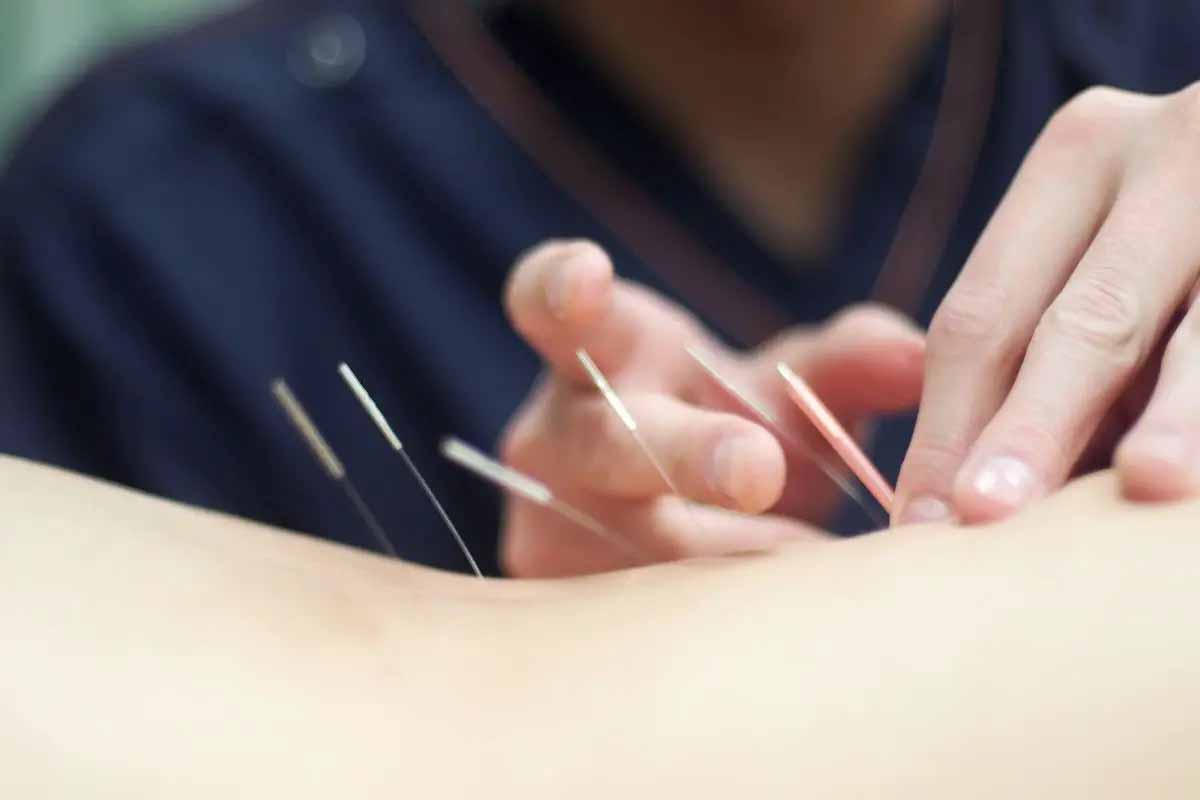Meridian-collateral is a general term for meridians and collaterals, the channel for the circulation of qi and blood and for linking zang-fu organs, body surface, and all parts of the body. Acupoints are the areas where qi from the zang-fu organs and meridians effuse and infuse onto the body surface.
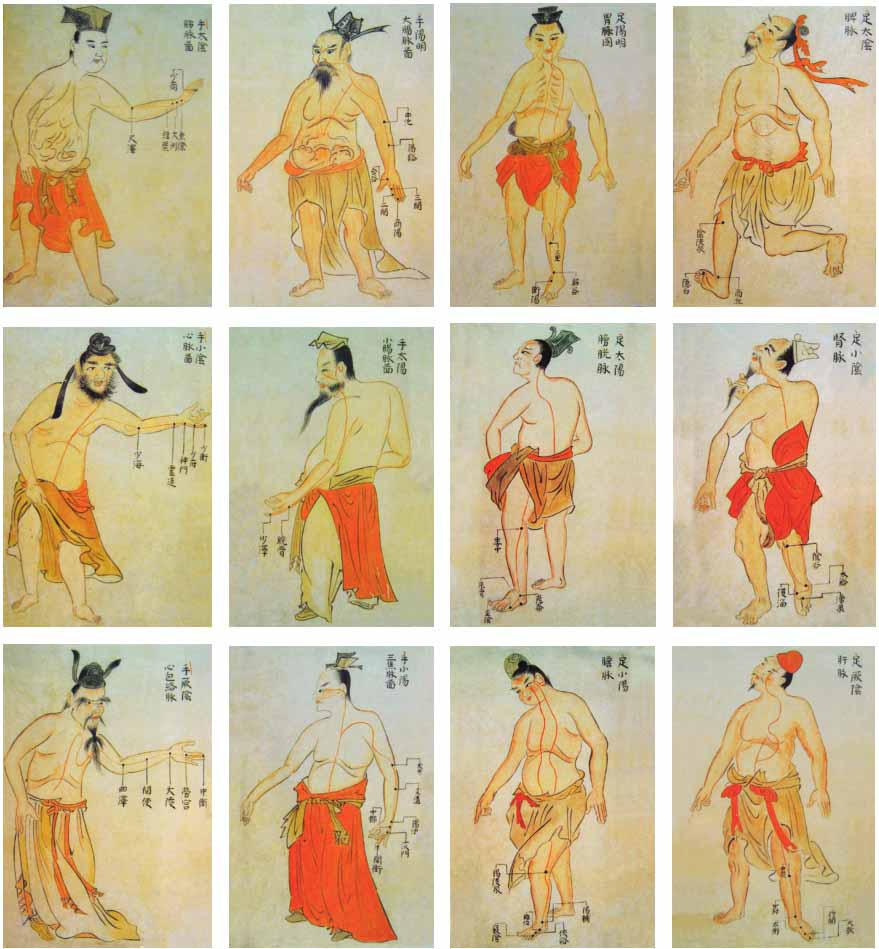
Twelve meridians are the main components of the meridian-collateral system, which are termed on their yin-yang properties, attaching organs, and running areas, including:
- Lung Meridian of hand-taiyin.
- Large Intestine Meridian of hand-yangming.
- Stomach Meridian of foot-yangming.
- Spleen Meridian of foot-taiyin.
- Heart Meridian of hand-shaoyin.
- Small Intestine Meridian of hand-taiyang.
- Bladder Meridian of foot-taiyang.
- Kidney Meridian of foot-shaoyin.
- Pericardium Meridian of hand-jueyin.
- Triple-energizer Meridian of hand-shaoyang.
- Gallbladder Meridian of foot-shaoyang.
- Liver Meridian of foot-jueyin.


Eight extra meridians is a concept different from the twelve meridians, including:
- Governor Vessel.
- Conception Vessel.
- Thoroughfare Vessel.
- Belt Vessel.
- Yang Link Vessel.
- Yin Link Vessel.
- Yin Heel Vessel.
- Yang Heel Vessel.

Acupoints are the stimulus points for treating diseases based on acupuncture and moxibustion theories. They are named firstly according to their location and function, and secondly out of analogy from natural phenomena and medical theories. 160 acupoints, which were recorded in Huangdi Neijing, gradually increased over time.
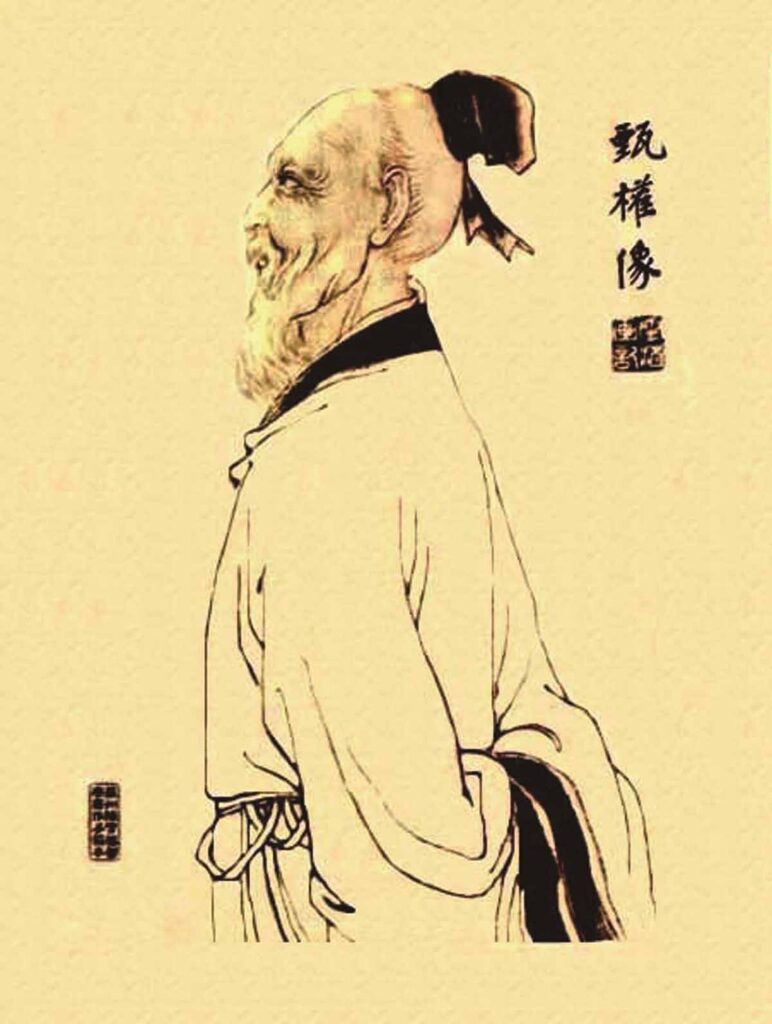
Zhen Quan (540–643 A. D.), born in Fugou County, Henan Province, was highly qualified in acupuncture therapy. He was good at selecting fewer but more effective acupoints in clinical practice as well as health preservation and cultivation. His illustrations of meridians and acupoints in the supine, prone and lateral positions have had a great impact on the later generations.
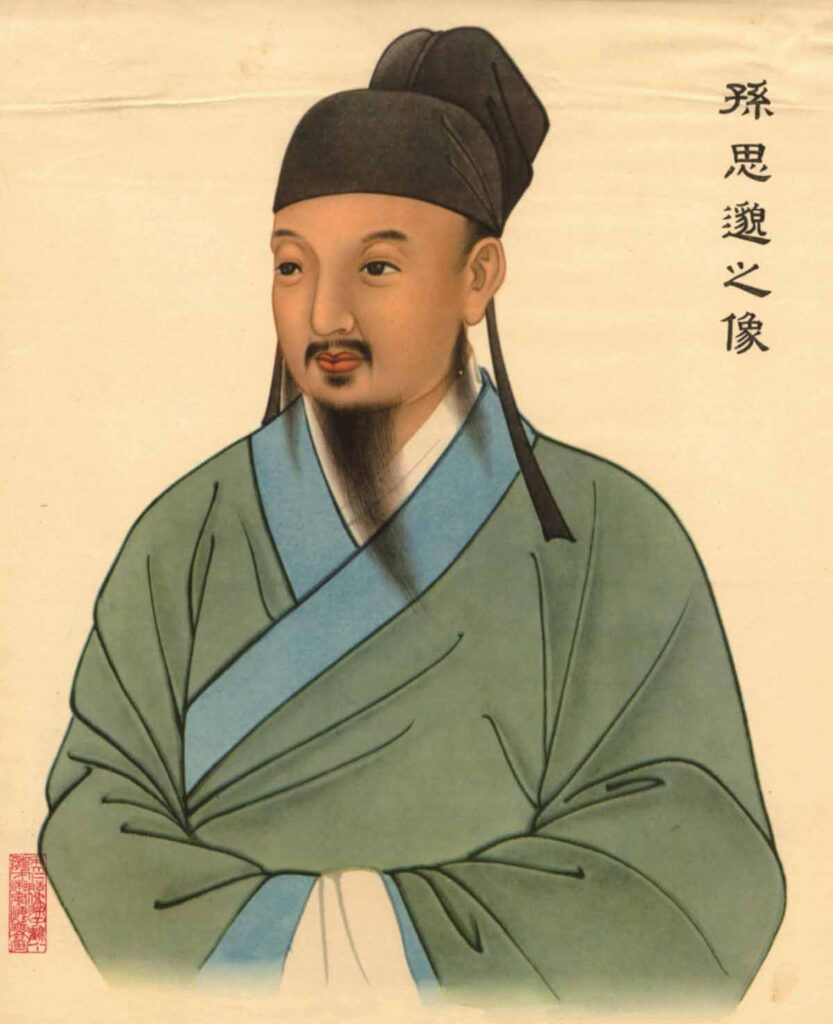
Sun Simiao (581–682 A. D.), born in Tongchuan City, Shaanxi Province, was knowledgeable about every department of clinical medicine. He wrote the Beiji Qianjin Yaofang (Important Formulas Worth a Thousand Gold Pieces for Emergency) and Qianjin Yifang (Supplement to‘Important Formulas Worth a Thousand Gold Pieces’), which is honored as the earliest encyclopedia of clinical medicine in China. This book has extraordinarily rich content about acupuncture and moxibustion with the earliest set of colored drawings of meridians and acupoints.

The bronze acupuncture statue, with carved meridians and acupoints on its surface, is a commonly used model for acupuncture and moxibustion in ancient China. The earliest government-made acupuncture statue in Chinese history was the Tiansheng Bronze Statue made in the 5th year of the Tiansheng Age (1027 A. D.) of the Song Dynasty. This bronze statue, engraved with meridians and acupoints outside and zang-fu organs inside, and used in teaching, practice, and examination of acupuncture and moxibustion, has had a far-reaching influence on promoting education, inheritance and development of acupuncture and moxibustion.
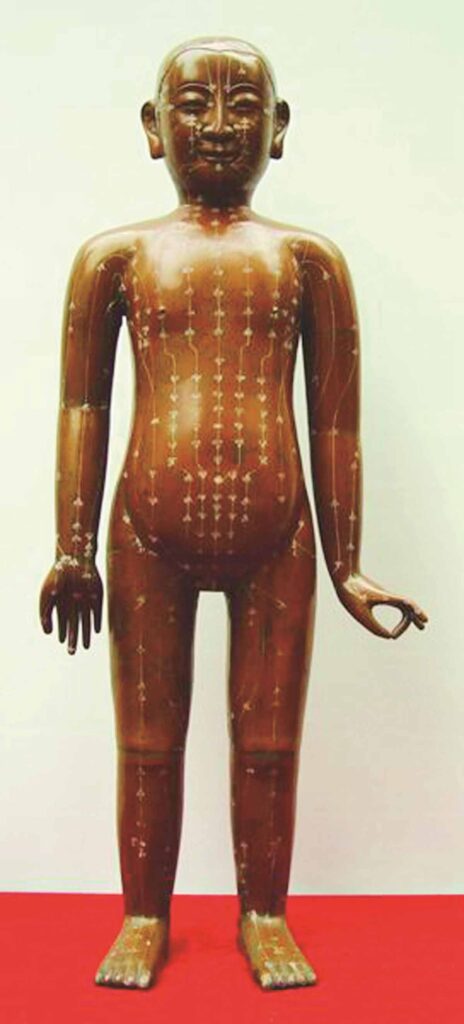
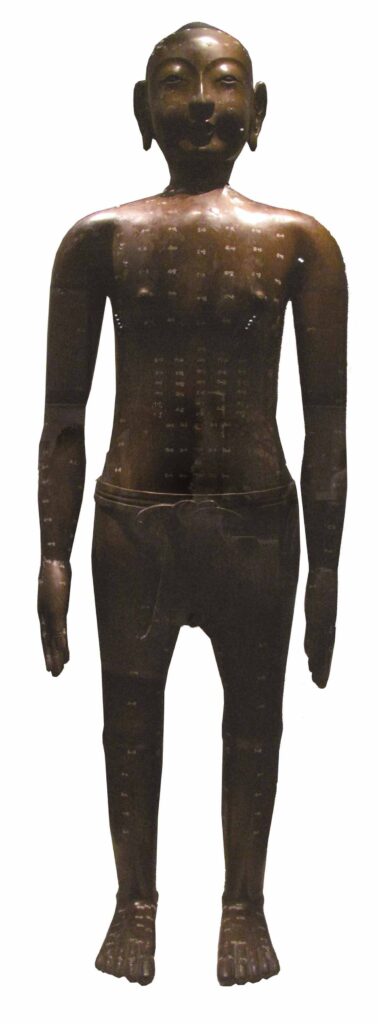
The bronze statue of acupuncture and moxibustion not only has practical value to medicine but has, to some extent, become a symbol of culture and a living carrier for acupuncture and moxibustion of TCM. It is of great significance to the development and dissemination of acupuncture and moxibustion of TCM, enhancing unification and identity within the profession across the globe.
Nowadays muscles, tendons, bones, and other anatomical marks tend to be used for precise positioning of acupoints. Flipcharts of meridians and acupoints, which visually present the name and location of each acupoint, are important teaching aids for acupuncture and moxibustion in contemporary times.
